Lovepreet Singh Assistant Director of Photography
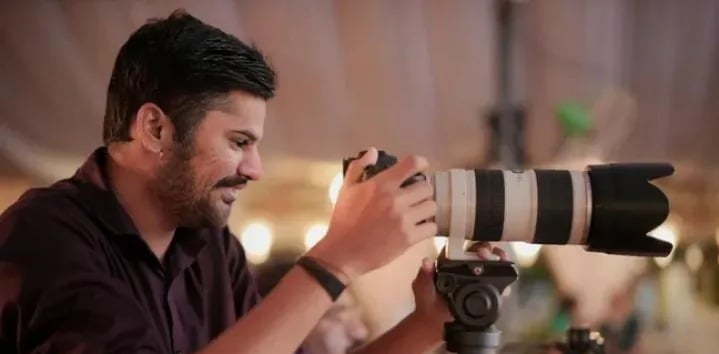

Behind the Lens: Lovepreet Singh Carves a Niche in Punjabi Cinematography
Delhi — In the ever-expanding world of regional cinema, where visuals often speak louder than dialogues, the role of cinematography has become crucial in storytelling. Among the new wave of young professionals shaping this landscape is Lovepreet Singh, a dedicated and detail-driven Assistant Director of Photography (ADoP) who has made significant contributions to Punjabi cinema over the past few years.
With an evolving filmography that includes Rode College, Galwakdi, Mitran Da Naa Chalda, Honsla Rakh, Zakhmi, and Son of Manjeet Singh, Lovepreet has steadily emerged as a reliable force behind the camera. His work reflects both technical precision and an intuitive understanding of narrative rhythm—qualities that have earned him recognition within industry circles.
A Technical Backbone to Punjabi Visual Storytelling
As an Assistant Director of Photography, Lovepreet is responsible for assisting the Director of Photography in executing the visual language of a film. From setting up complex lighting scenarios to managing high-end camera rigs and maintaining frame continuity across multiple shooting days, his contributions go far beyond routine assistance.
Speaking about his work, Lovepreet says, “Every frame is a building block. It’s not just about pointing a camera—it's about translating the director’s vision into visual reality, consistently and efficiently.”
In Rode College, a coming-of-age drama set against the backdrop of youth unrest, Lovepreet played a pivotal role in capturing high-energy sequences involving outdoor college events and group dynamics. The camera work, often handheld and intimate, helped in amplifying the raw, unfiltered emotion of student life.
In contrast, Galwakdi offered a romantic and light-hearted canvas. Here, Lovepreet helped craft a more refined aesthetic. Warm tones, natural lighting, and steady tracking shots defined much of the film’s visual language. His adaptability between genres has been noted by several directors, some of whom have repeatedly brought him on board for their projects.
Navigating Genre-Specific Visual Challenges
Lovepreet's career has included working on films that span a variety of themes and tones. Each project, he admits, presents its own unique challenges.
In Mitran Da Naa Chalda, which combined comedy with courtroom drama, he was responsible for the visual execution of lengthy dialogue scenes shot across multiple days and locations. Ensuring lighting continuity and camera consistency was critical for maintaining the immersive experience.
His experience in Zakhmi, a film with darker and more intense themes, allowed him to delve into shadow-heavy compositions and subdued palettes. “Lighting plays a psychological role in such films,” he notes. “It can heighten tension or suggest vulnerability without a word being spoken.”
For Honsla Rakh, an international shoot filmed partly in Canada, Lovepreet’s role expanded further. Working in unfamiliar climates, dealing with limited daylight hours, and coordinating drone footage were all part of his responsibilities. The film’s vibrant tone required dynamic framing, especially during its song sequences and comedic moments.
Meanwhile, Son of Manjeet Singh demanded a more restrained and authentic approach. Rooted in familial emotions and real-life scenarios, the camera needed to remain invisible—letting the narrative take the lead. Lovepreet’s contribution here was maintaining a visual tone that was both cinematic and grounded.
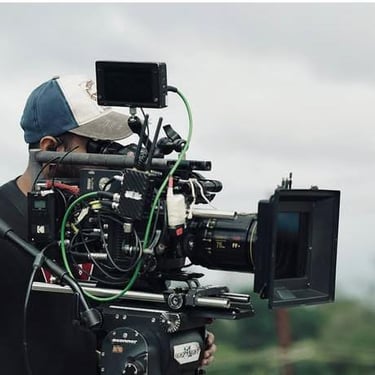
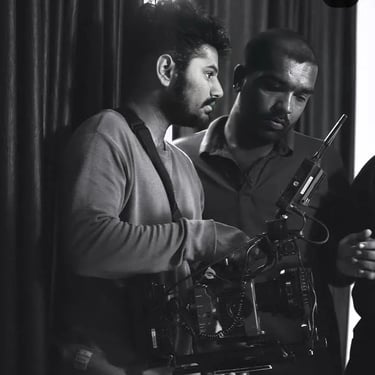
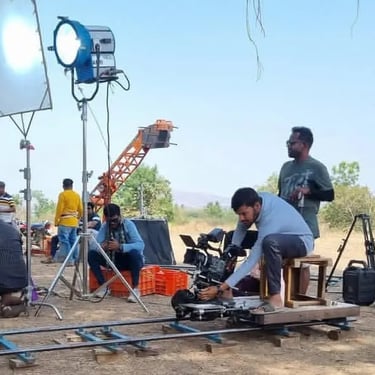
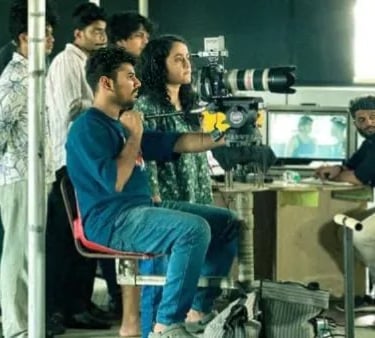

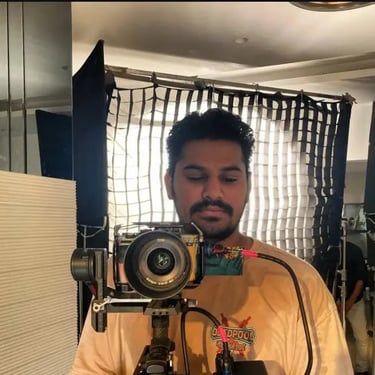
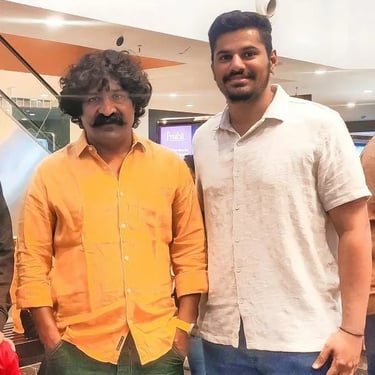

Building a Career from the Ground Up
Lovepreet’s journey into the world of filmmaking began with a strong interest in the technical aspects of cinema. Without any formal background in acting or performing arts, he gravitated naturally toward the behind-the-scenes aspects of filmmaking.
Starting as a camera trainee and later as a lighting assistant, he worked on numerous sets before gradually taking on the role of Assistant DOP. His steady climb was fueled by his willingness to learn on the job, observe senior DOPs closely, and keep pace with ever-evolving camera technologies and shooting techniques.
Industry peers have praised his calm demeanor under pressure, noting his ability to troubleshoot equipment failures or lighting mishaps without disrupting the shooting schedule. Directors who have worked with him describe him as someone who takes initiative and approaches each shot with preparation and precision.
Eyes Set on Cinematographer’s Chair
Although his current position is as an Assistant Director of Photography, Lovepreet has expressed a clear vision for his future in the industry. He has already started taking up independent projects, including short films, music videos, and commercials, where he is credited as the lead DOP.
He continues to study the works of global cinematographers and keeps himself updated with international trends in visual storytelling. His focus remains on developing a style that blends aesthetic beauty with emotional honesty.
“I admire the DOPs who make the camera disappear,” he says. “My goal is to reach a point where the audience doesn’t notice the cinematography as a separate element but feels deeply immersed in the world of the story.”
Industry Recognition and Future Prospects
While not yet a household name, Lovepreet Singh has quietly built a reputation within film circles for his discipline, reliability, and visual sensibility. His work continues to draw the attention of producers and directors looking for competent technical collaborators who can balance artistic intuition with logistical realities.
With Punjabi cinema expanding its thematic scope and production values, the demand for skilled visual professionals like Lovepreet is only expected to rise. As he prepares to step further into the spotlight in the years to come, there is little doubt that his journey from assistant to lead cinematographer is only a matter of time.
In an industry that often celebrates front-facing talent, Lovepreet Singh is a testament to the quiet, skilled professionals who help bring every cinematic moment to life—frame by carefully constructed frame.